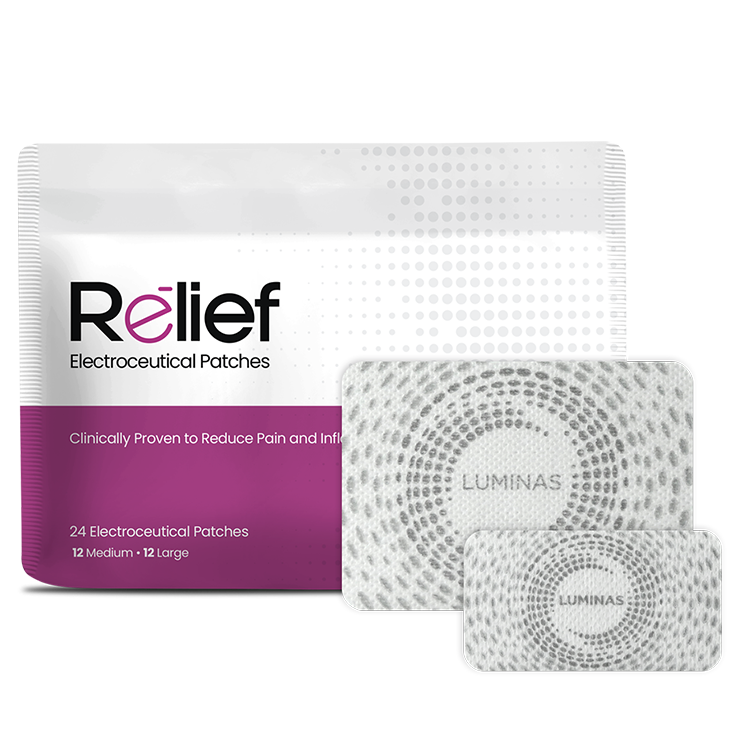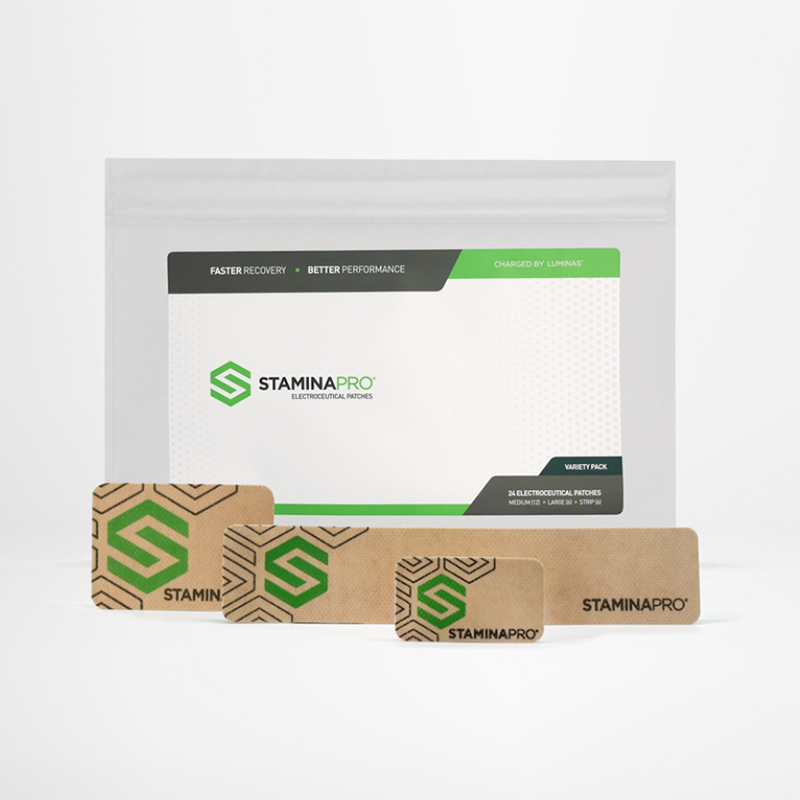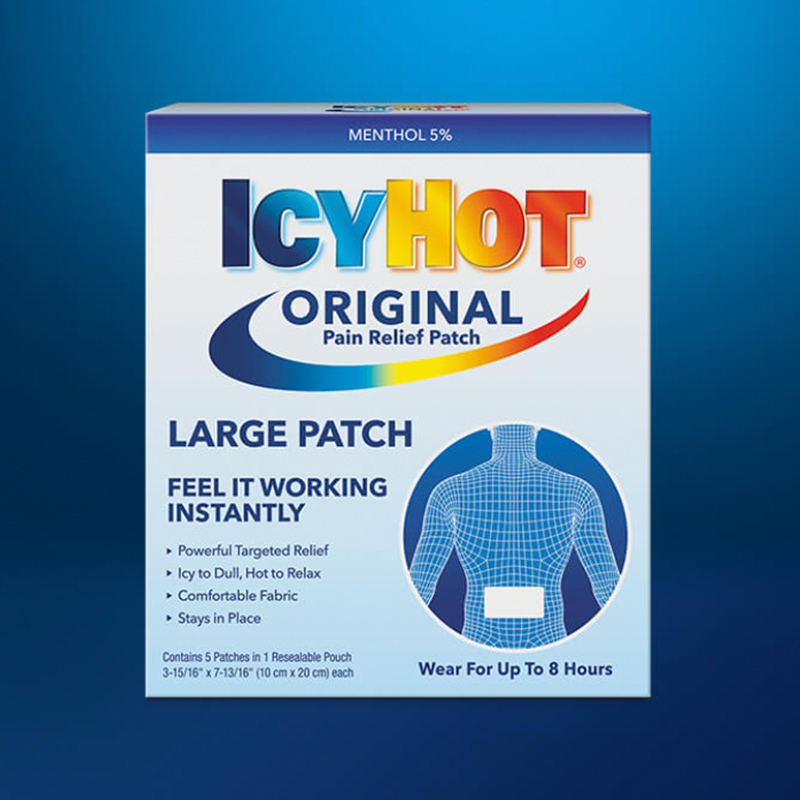Anatomy
The shoulder is one of the body’s largest and most complex joints. The shoulder comprises three bones: your upper arm bone called the humerus, your shoulder blade called the scapula, and your collarbone which is known as the clavicle. The top of your upper arm bone molds into a rounded socket in your shoulder blade. The rounded socket is called the glenoid. The glenoid is made up of several muscles and tendons that keeps the arm bone centered in your shoulder socket. The tissues are called the rotator cuff and it covers the top of your arm bone and attaches it to your shoulder blade.
Other important bones in the shoulder include:
- The acromion is a bony projection off of the scapula.
- The coracoid process is a hook-like projection from the scapula. Some significant structures in the shoulder include:
- A bursa is a fluid filled pouch that protects the tendons of the rotator cuff.
- A cuff of cartilage (labrum) forms a cup for the ball-shaped head of the humerus to fit into.
- The humerus fits loosely into the shoulder joint and allows the shoulder to move freely but also makes it vulnerable to injury.
- Common Causes of Pain
- Shoulder problems can be any of these four reasons: tendon inflammation, instability, arthritis, fracture.
Less common shoulder pain problems are tumors and infections.
Bursitis
Bursae are pads filled with fluid they are located in joints throughout the body, including the shoulders. They play the role of a cushion between bones and reduce friction between gliding muscles and bones.
Frequently, excessive use of the shoulder leads to inflammation and the swelling of the bursae between the rotator cuff and the shoulder called the acromion. The result of this swelling is a condition known as subacromial bursitis.
Bursitis often occurs in close connection with rotator cuff tendinitis. The tissues in the shoulder sometimes inflame and become painful. Many daily activities can become more difficult due to this condition (i.e. combing your hair or getting dressed).
Tendinitis
A tendon is a connective tissue that is attaches the muscle to bone. Tendinitis is a result of inflammation in the tendon.
There are two types of tendonitis:
- Acute: Pain with overhead activities or pressure on the upper, and outer arms are symptoms that can lead to acute tendinitis.
- Chronic: Degenerative diseases like arthritis can lead long-lasting tendinitis.
The most affected tendons in the shoulder are the four rotator cuff tendons and one of the biceps tendons. The rotator cuff has four muscles that cover the upper arm bone and keep it place. The rotator cuff provides shoulder motion and stability.
Tendon Tears
Tendon tears are caused by splitting of the tendon. This is a result from injury or advancing age, long-term overuse and wear and tear, or a sudden injury. These tears can partially or completely separate the tendon from the bone. In cases of tears, the tendon is attached to the bone. Rotator cuff and biceps injuries are among the most common of these injuries.
Rotator Cuff Tear
A tear in one of the muscles at the top of the humerus. A rotator cuff tear can be a quick injury or can result from steady overuse.
Labral tear
Accidental wear and tear can cause a tear in the labrum. Most labral tears heal without requiring surgery.
Impingement
Shoulder impingement happens when the top of the shoulder blade (acromion) puts pressure on the underlying soft tissues when the arm is lifted from the body this can cause severe pain and instability.
Shoulder instability occurs when the arm bone is forced out of place. This results from an injury or overuse.
Shoulder dislocations are partial, with the ball of the upper arm coming just partially out of the socket. This is called a partial dislocation (subluxation). A complete dislocation is when the ball comes out of the socket.
Once the ligaments, tendons, and muscles around the shoulder become loose or torn, dislocations can occur repeatedly. Recurring dislocations, which may be partial or complete, cause pain and unsteadiness when you raise your arm or move it away from your body. Repeated dislocations can lead to arthritis in the joint.
Arthritis
Shoulder pain can be caused by arthritis. There are many types of arthritis. The most common type of shoulder arthritis is osteoarthritis, also known to many as “wear and tear”. Symptoms of osteoarthritis are swelling, pain, and stiffness starting from middle age.
Osteoarthritis may be related to sports or work injuries or chronic wear and tear. Oftentimes people will restrict their shoulder movement to lessen the arthritis pain, but this can lead to tightening or stiffening of soft tissue parts causing painful restriction of motion.
Fracture
Fractures are broken bones. Shoulder fractures commonly occur in the collarbone (clavicle), humerus (upper arm bone), and scapula (shoulder blade). Shoulder fractures are common in older patients as a result of falling from a standing height. In younger patients, shoulder fractures occur because of high energy due to a motor vehicle accident or contact sports injury.
Fractures often cause severe pain, swelling, and bruising on the shoulder.



